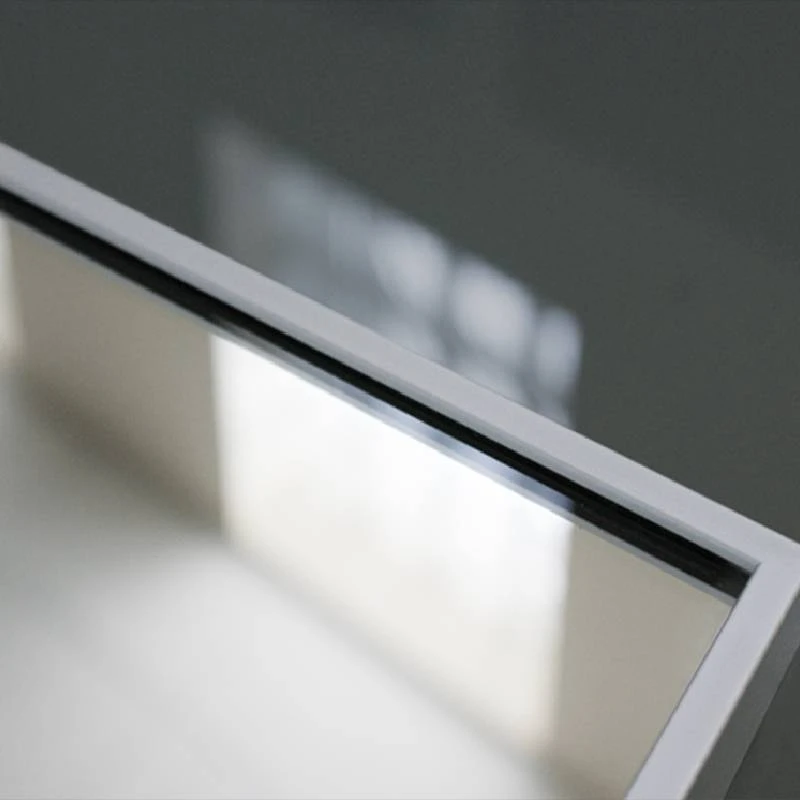

Low-E2 Glass An Innovative Solution for Energy Efficiency
In the quest for energy efficiency and sustainability, building materials play a crucial role. One of the most innovative advancements in this area is the development of Low-E2 glass, a type of energy-efficient glass that is transforming the architectural landscape. Low-E2 glass is designed to minimize the amount of ultraviolet (UV) and infrared light that can pass through without compromising the amount of visible light that enters a building. This characteristic makes it an ideal choice for modern buildings aiming for lower energy consumption and enhanced comfort.
The term Low-E stands for low emissivity, and the 2 refers to the specific coating applied to the glass. This coating is typically made from a microscopically thin layer of metallic substances. By reflecting radiant heat back into the space, Low-E2 glass helps maintain comfortable indoor temperatures regardless of external weather conditions. During the colder months, this means retaining the heat generated by heating systems, while in the summer, it reflects the sun's heat, thereby reducing the need for air conditioning.
Low-E2 Glass An Innovative Solution for Energy Efficiency
In addition to its thermal efficiency, Low-E2 glass contributes to occupant comfort. By minimizing glare and maintaining consistent indoor temperatures, it creates a pleasant living and working environment. Natural light can enter without the detrimental effects of heat gain, allowing for a bright, airy atmosphere while protecting furnishings and artwork from UV damage. This balance of natural illumination and thermal insulation is particularly valuable in commercial buildings, where productivity can significantly benefit from a comfortable workspace.

Moreover, the aesthetic appeal of Low-E2 glass cannot be overlooked. Available in various tints and finishes, it can enhance the architectural beauty of any structure while providing practical benefits. Buildings adorned with Low-E glass not only look modern and stylish but also signal a commitment to sustainability, an increasingly important factor for consumers and clients alike.
Notably, Low-E2 glass can also contribute to the durability and longevity of buildings. By reducing temperature fluctuations within the glass itself, it minimizes the stress and strain that can lead to cracking or other forms of damage. This ensures that the investment in such glass is not only environmentally responsible but also economically advantageous over the life of the building.
As technology advances, the production of Low-E2 glass continues to evolve. Innovations in coatings and manufacturing processes are enhancing its effectiveness and affordability, making it accessible for a broader range of applications. Homes, offices, and public buildings alike are increasingly integrating this glass into their designs, highlighting a trend towards more energy-efficient construction practices.
In conclusion, Low-E2 glass represents a significant leap forward in building technology. Its unparalleled energy efficiency, cost effectiveness, comfort, aesthetic appeal, and durability make it an essential component of modern architectural design. As the global focus on sustainability intensifies, Low-E2 glass stands out as a beacon of innovation that meets the challenges of today while paving the way for a greener, more energy-efficient future. Embracing such technologies is not just a trend; it is a necessity for creating a sustainable world.